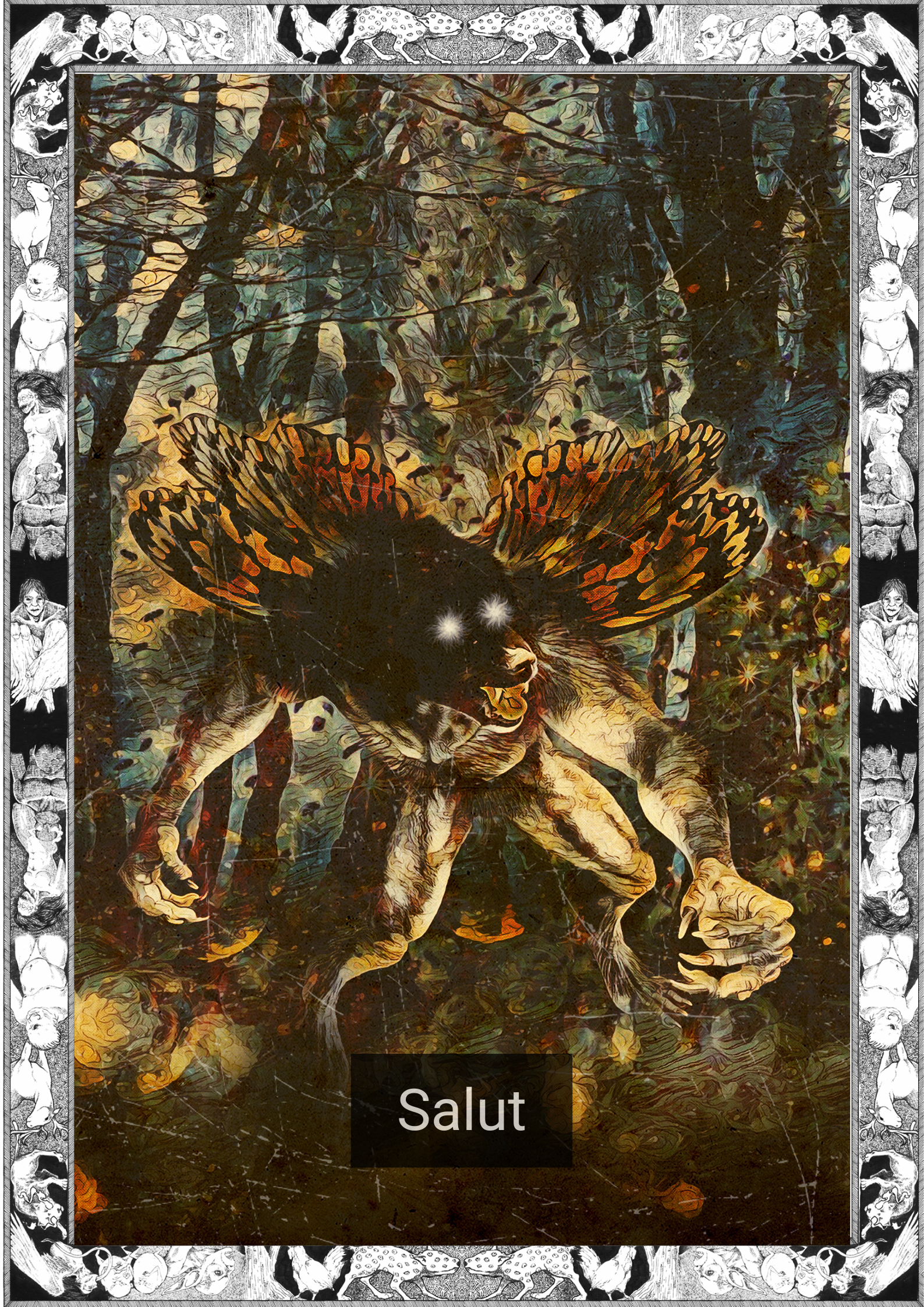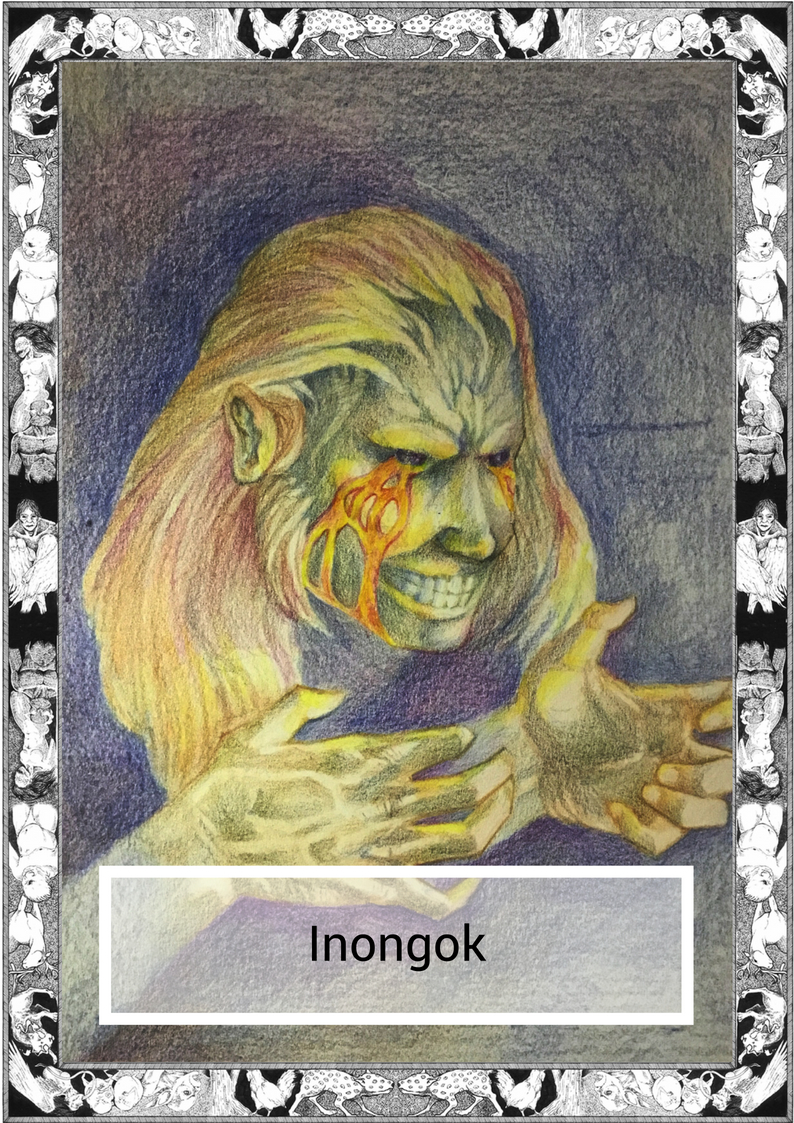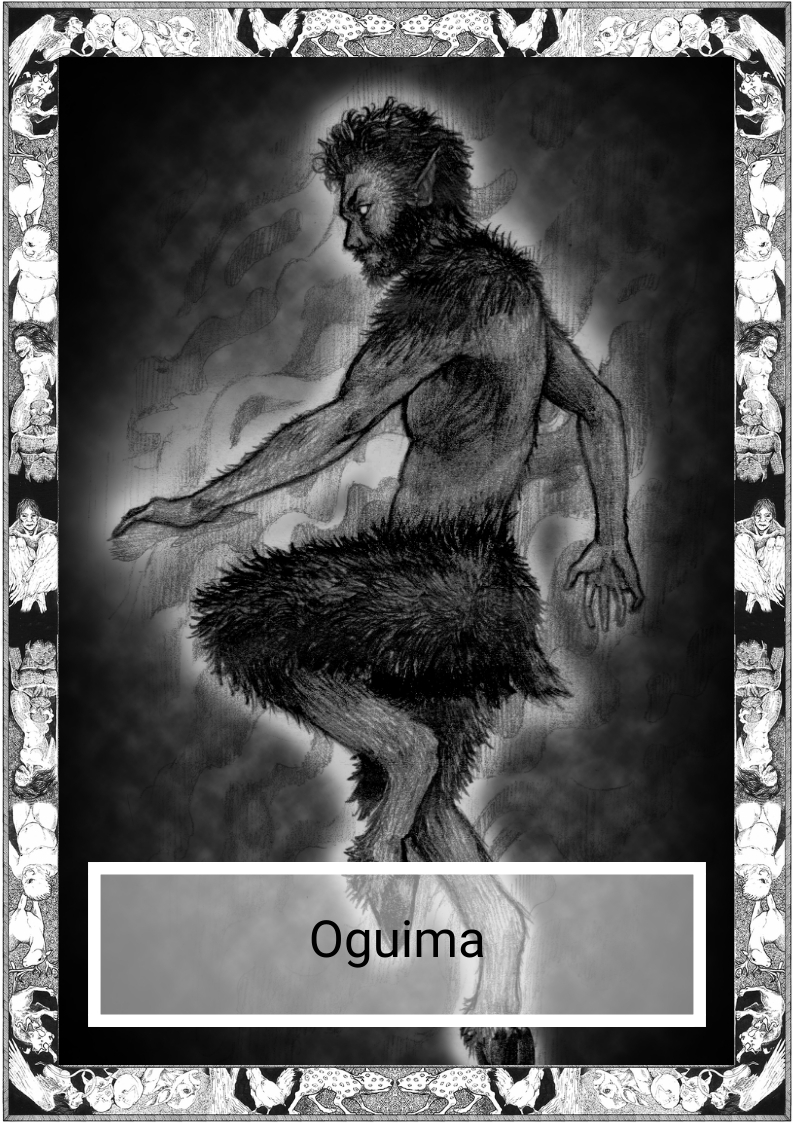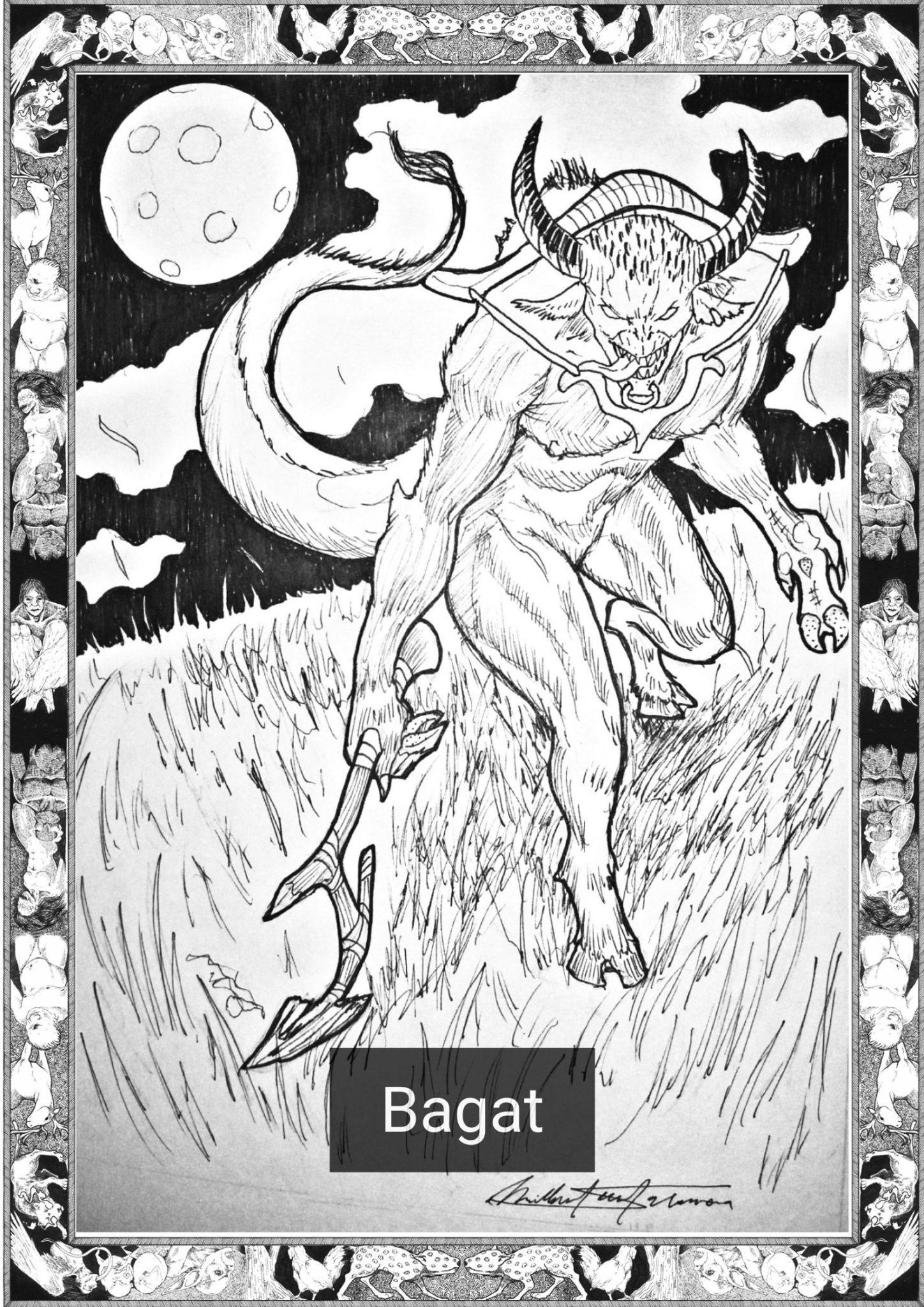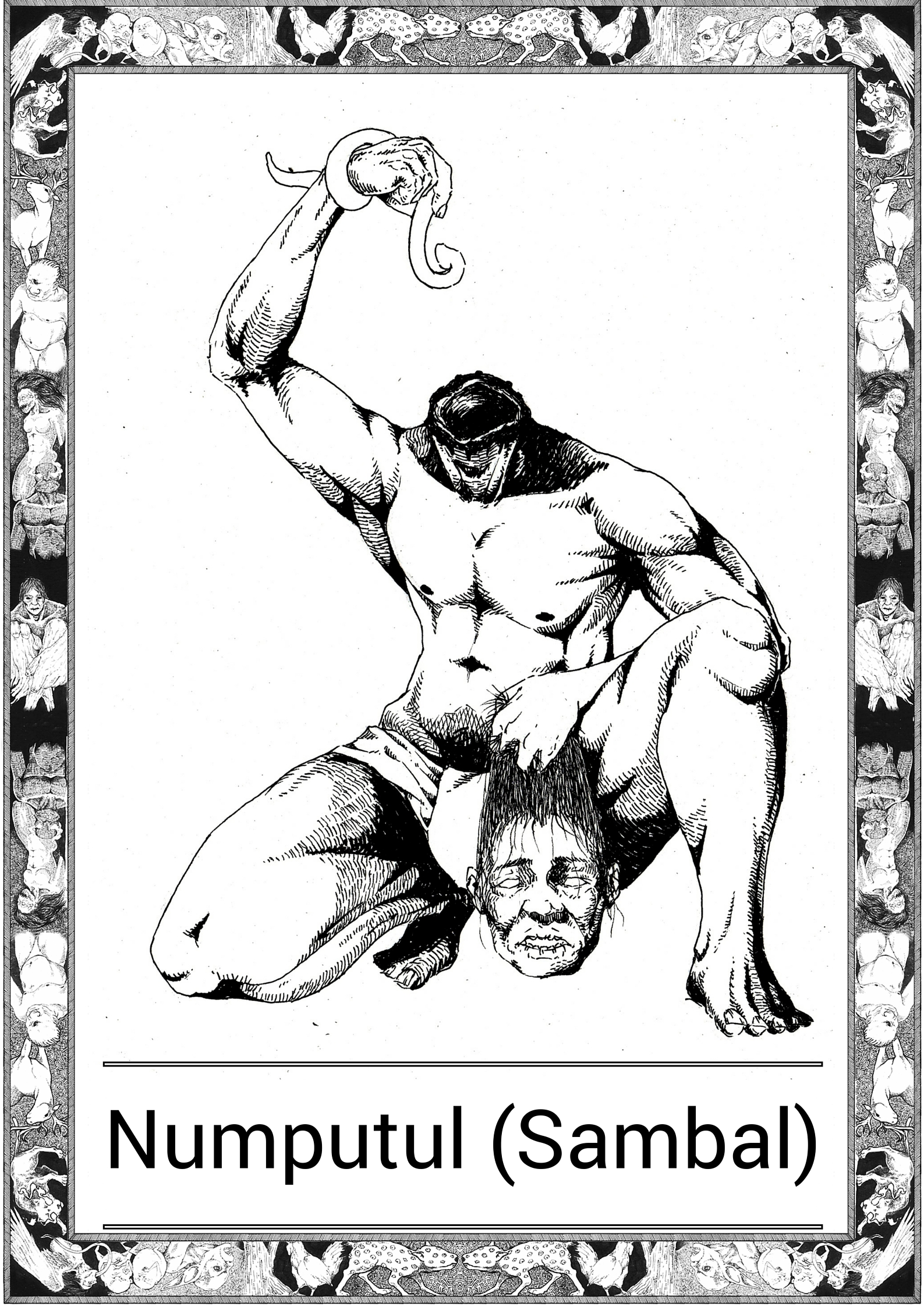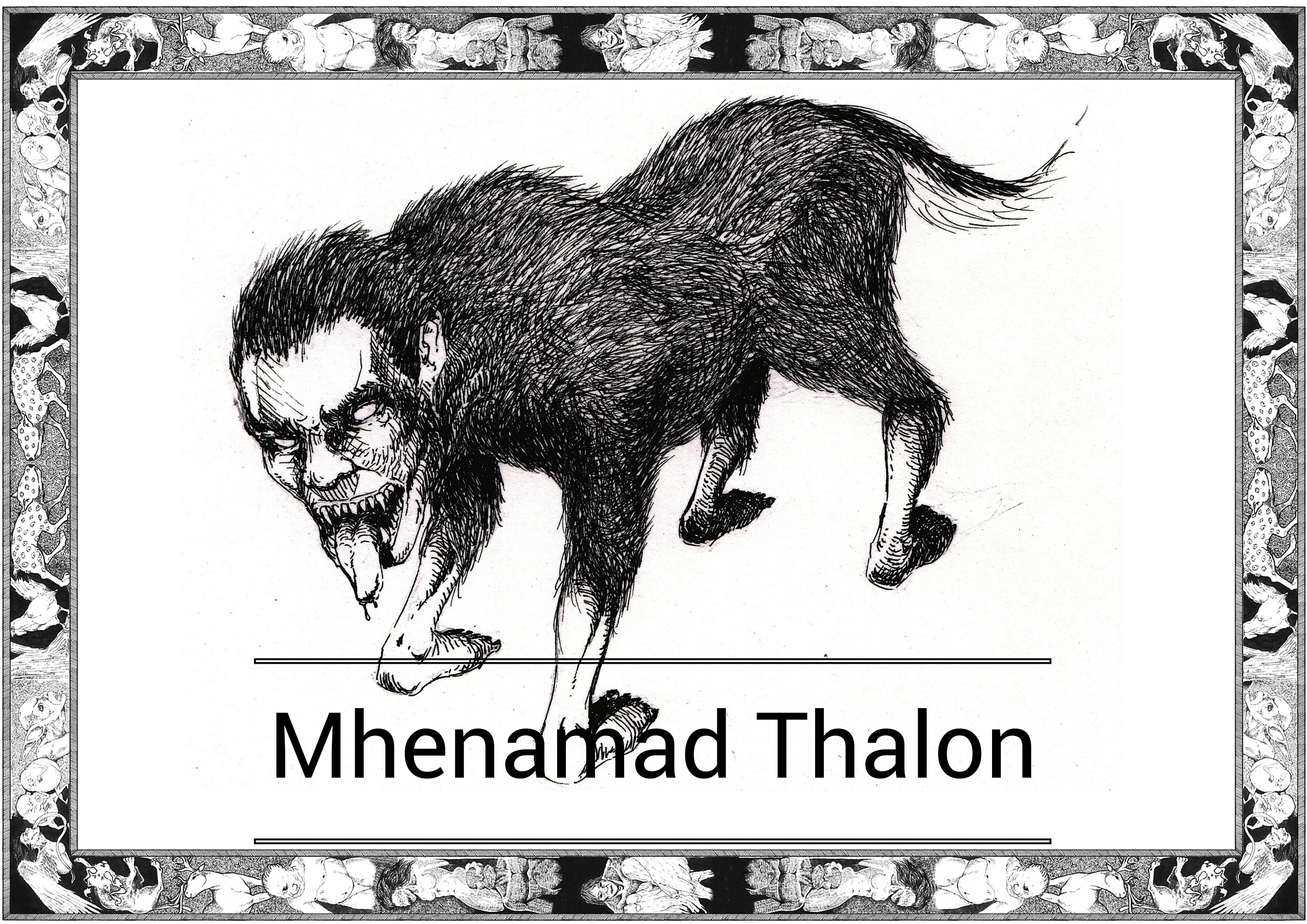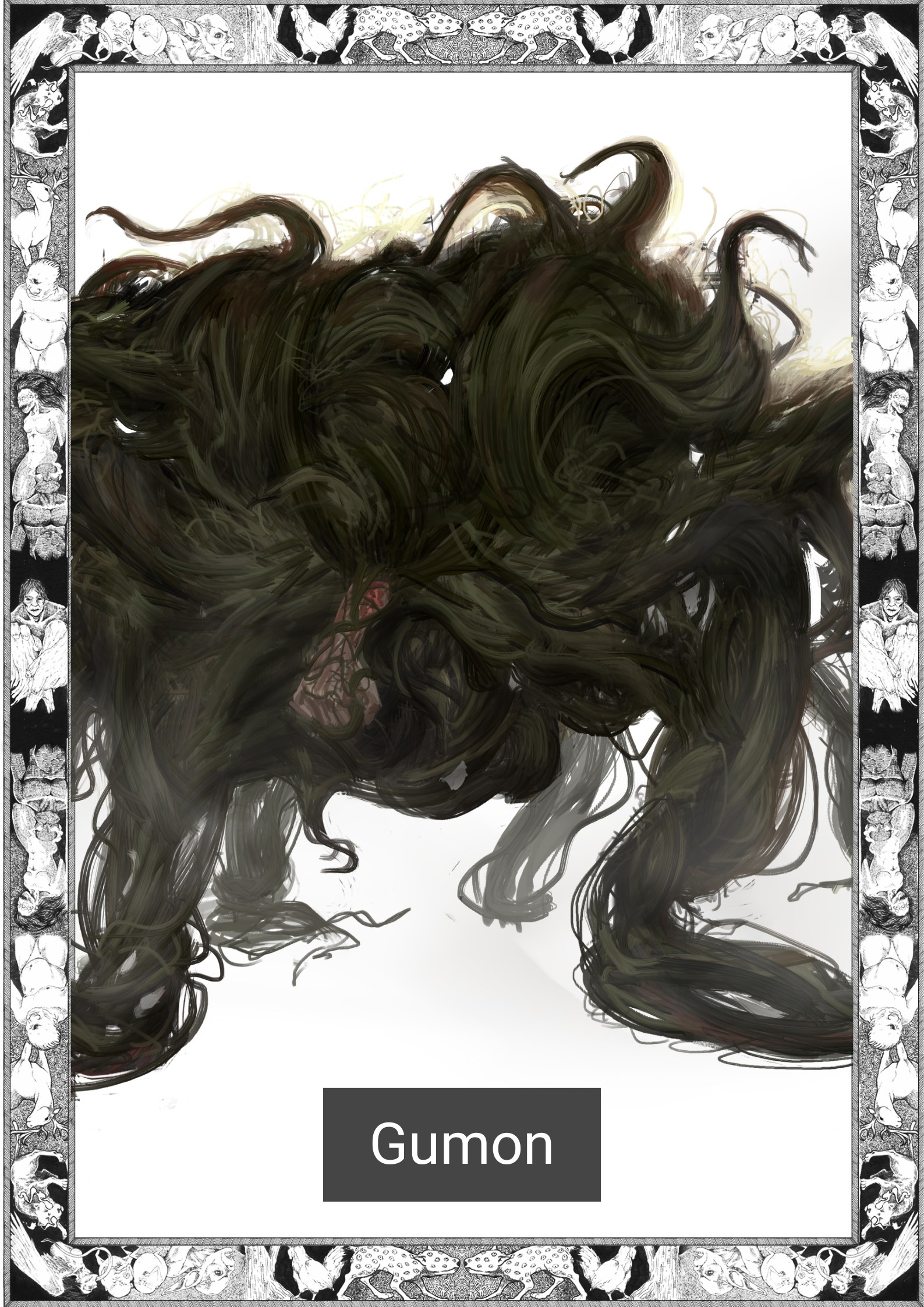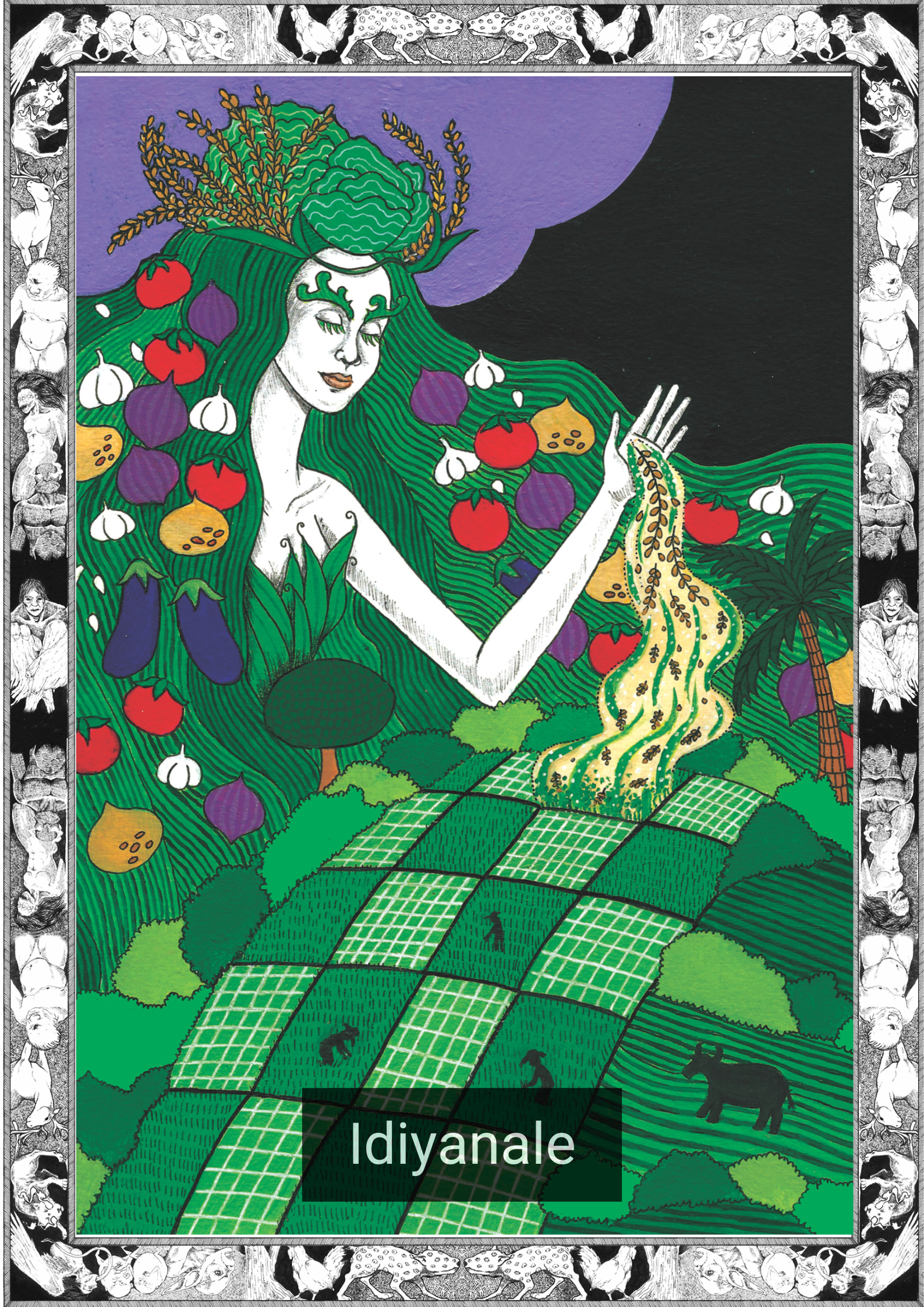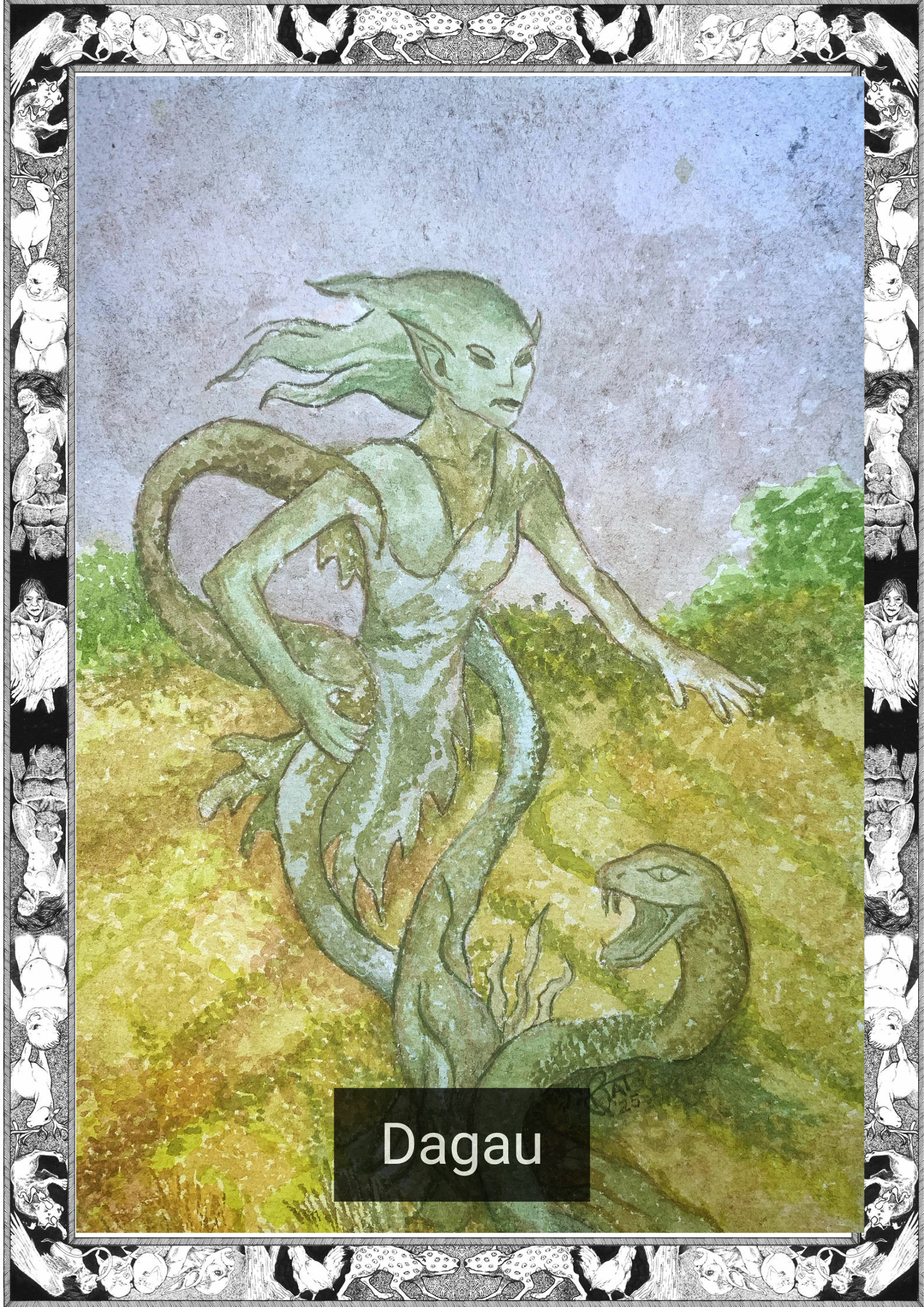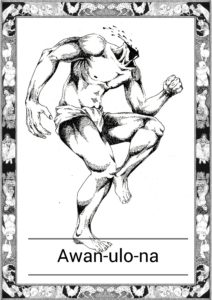 *Note this story is in Cebuano
*Note this story is in Cebuano
Wala – Tuo – Likod – Atubangan
Tan-awa ang pagsayaw ug lihok niini, ang li-og nga nagbuwa. Ang wala’y ulo nagalihok lahus sa kapatagan ingon ka tulin ug katahum sama sa kilat. Ang sayaw niini madanihon ug makalingaw, apan aduna pa’y daghan labaw pa sa pagkapusong sa paglihok niini.
Butakal – Langgam – Bitin – Iro
Ang wala’y ulo kanunay nga nag-usab sa hugis, nausab ngadto sa labing kalibutanon nga mga binuhat. Nagsunod gihapon kini sa kiay, sa ritmo sa paglihook sa lawas nga ingon’g nagtawag sa mga hulagway sa gahum ug kalikasan. Ang mga pag-usab niini mao ang ingon panabot sa maong kanta sa kalikasan, kauban ang mga nagpuyo sulod niini.
Wala – Butakal – Tuo – Bitin
Wala kini’y baba apan mabati ang katawa niini. Maduladulaon siya nga wala’y ulo, binuhat nga ginama gumikan sa gahum ug kahibudnganan. Ang panag-ilis-ilis niini gumikan sa tinuod nga porma paingon sa lawas sa mga hayop ug bisan sa tawo. Ang nagbuwa nga li-og niini mura ug nisunod sa ritmo sa sayaw.
Likod – Atubangan – Tuo – Wala
Mibalik kini sa iyang tinuod nga hulagway, padulong sa pag-abot sa human sa sayaw. Aduna pa’y daghan nga angay mabati gawas sa kahibudngan sa mga lihok niini, senyales nga aduna pa’y bantogan nga pagtabok nga umaabot: Usa ka sugilanon sa mga higanteng kanibal ug kahibulongang bahandi, sa dili mahunahuna nga kapeligrohan ug hingpit nga mga ganti.
Wala – Tuo – Wala – Tuo
Ang kiay sa wala’y ulo mao ang makapagpatulog kanimo. Ang ulo napuno ug huna-huna sa mga posibilidad ug unsa nga klaseng manluluwas ang makab-ot. Sa buntag, mawala ra kini, balik ngadto sa mga kahoy nga ginatawag niini nga puluy-anan, apan karon musayaw usa kini. Ang li-og niini magpadayon ug buwa angay sa kaugalingon nga ritmo niini. Mausab ang hulagway angay sa mga binuhat nga namuyo sa lasang, sa diha pa ka mumata.
=——————=
English Version
Left – Right – Back – Forth
See it dance and move, as its neck-stump froths and bubbles. The headless one moves through the field as swift and as graceful as lightning. Its dance captivates and entertains, yet there is more than mere mischief in its movements.
Boar – bird – snake – dog
The headless one seamlessly changes shape, transforming into the most mundane of beasts. It still follows its dance, the rhythmic swaying of its bodies call forth images of magic and nature. The transformations give insight to the song of the forest, and those that live in it.
Left – Boar – Right – Snake
It has no mouth but its laughter can be felt. The headless one is a playful creature, a being made of magic and wonder. It shifts from its true form back into those of animals and even of humans. The bubbling of its neck-stump seems to follow the rhythm of its dance.
Back – Forth – Right – Left
It shifts to its true form, the dance about to come to an end. There is more to feel than just the wonder of its movements, it foretells great adventure to be found: A tale of cannibalistic giants and wondrous treasure, of unimaginable danger and perfect rewards.
Left – Right – Left –Right
The swaying of the headless one leads you to sleep. Your head is filled with the possibilities of the hero you could become. In the morning, it will be gone, back to the trees it calls its home, but for now it will dance. Its neck-stump will bubble and froth to its own rhythm. It will change shape to the denizens of the forest, and then you will awaken.
=—————————=
*The Cebuano language, alternatively called Cebuan and also often colloquially albeit informally referred to by most of its speakers simply as Bisaya (“Visayan”, not to be confused with other Visayan languages nor Brunei Bisaya language), is an Austronesian regional language spoken in the Philippines by about 21 million people, mostly in Central Visayas, western parts of Eastern Visayas and most parts of Mindanao, most of whom belong to various Visayan ethnolingusitic groups, mainly the Cebuanos. It is the by far the most widely spoken of the Visayan languages, which are in turn part of wider the Philippine languages. The reference to the language as Bisaya is not encouraged anymore by linguists due to the many languages within the Visayan language group that may be confused with the term.
Written by Karl Gaverza
Cebuano Translation by Kyle Gabriel Ranis
Copyright © Karl Gaverza
Translation Copyright © Kyle Gabriel Ranis
Story inspired by Awan-ulo-na entry in Creatures of Philippine Lower Mythology. Ramos. 1971.
Awan-ulo-na Illustration by Leandro Geniston fromAklat ng mga Anito
FB: That Guy With A Pen

